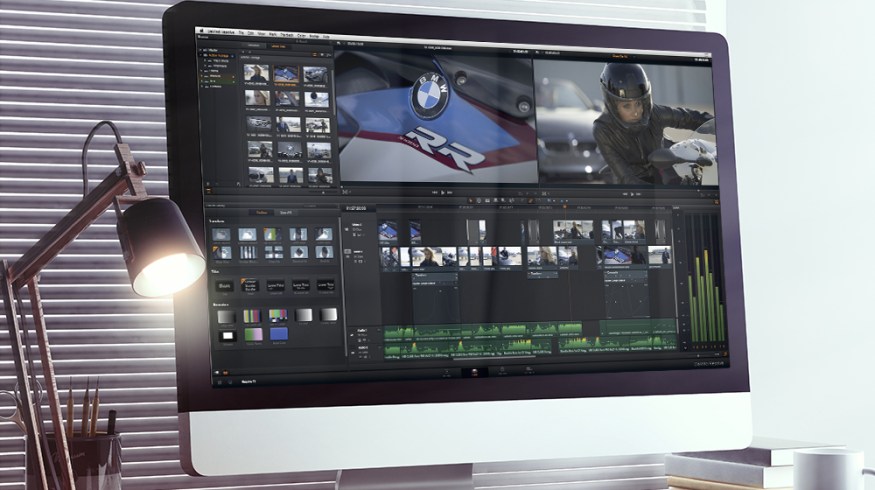
DaVinci Resolve Tip: Create a Duotone Look in 2 Steps
The duotone color style can work really well as a more experimental look. Achieving great results only takes two very simple steps in DaVinci Resolve.
On the surface, some of the more extreme color looks appear to be complicated to execute, but in reality are actually quite simple. The duotone look certainly falls into this category, as it’s one of the quickest and easiest looks to build in just about any color software or NLE.
I used DaVinci Resolve for this particular example, but these same principles can be applied to whatever tool you’re using. To achieve the look, you can start with any image as your base. Here’s an uncolored shot that I’ll be using as an example for this post:

Step 1
Once brought into the software, the first step is to simply desaturate the image in full. You’ll be left with a black and white shot.

I typically do this on the first node and then create a second node for the rest of the color work.
Step 2
With the image already desaturated, I’ll simply push the shadows very far in one direction (in this case blue) and the highlights in the other direction (orange).
The key with this technique is to use colors that will complement each other well. You could use two shades of blue for example, but when using blue and orange, the effect is much more pronounced and a more extreme look can be created. Here’s the end result after only two adjustments.

Other Options
There are a number of other ways you can achieve this kind of look. Much like working in Photoshop, when you’re dealing with color correction software there are often ten different paths you can take to get to the same result. In this case though, I find the method outlined above to be the quickest and most effective. Alternatively, if you like working with RGB curves, you can adjust your levels that way instead of using the color wheels. You can also adjust your midtones as you see fit to craft an even more extreme look.
What are some of your favorite extreme looks? Got any DaVinci Resolve tricks you’d like to share? Let us know in the comments below.





